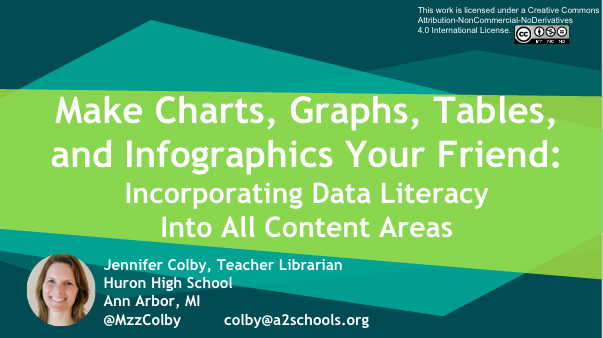
This week I worked with U-M Library’s Emergent Research Committee to bring Marty Kaufman to the library. He talked about the data gathering that he’s been doing to help map the locations of lead pipes in Flint’s water system. For more on his talk see Patricia Anderson’s great Storified version or the MLive coverage of his presentation.
Whenever I mention the Flint Water Crisis to students they become really engaged. My colleagues and I are using the information about this issue to discuss things like the nature of authority in informational sources (“Authority is Constructed and Contextual” for my academic librarian peeps), and students seem to really catch on. I talked with my advanced research students yesterday about the crisis, and I didn’t have to remind them in any way about what’s going on. And just the other day, my 24 year old nephew mentioned that he had stayed up until midnight to watch the Flint Water Crisis Congressional hearings. He says that sometimes watching election coverage seems like he’s watching some kind of movie. But what’s happening in Flint seems “real.”
Granted, what’s happening in Flint seems very local in my community. And the governor lives in Ann Arbor when he’s not in Lansing. I don’t want to seem like I’m looking at what’s happening in just a clinical, removed kind of way. This issue resonates with so many people. And there’s a very data-related component to what’s happening.
In his presentation, Marty talked about how he and his team had to go through thousands of penciled index cards (“big” data) to determine where lead pipes are located. He said that it’s difficult to get a clear sense of where things are because of unclear index cards (data) — yet they have to draw some kinds of conclusions. Based on the data that they’ve gathered, the team is going to have to use predictive models to determine the likelihood of where lead pipes might be in places without clear index cards.
When asked what the general public should do, Marty made a clear case for all of us to become data collectors — He told us to look for lead in the water systems, paint, and toys within our own homes (a place where lead might be impacting all of us the most!) and record it accurately and PERMANENTLY (don’t use pencil!). Somehow, if we can all gather this kind of data and pool our information, we can better address the serious issue of how lead exposure can impact our lives.
One of the most striking images in Marty’s presentation is the image of undergraduates working in his GIS lab, many of them Flint-area residents. Marty says that he had to kick the students out at the end of the day because they were so invested in their work. Understanding that data comes from “somewhere” and that having good data can make a real impact on your life is a huge motivator. Data and data literacy matter.
Photo: Ben Gordon, CCBY-NC-SA 2.0








